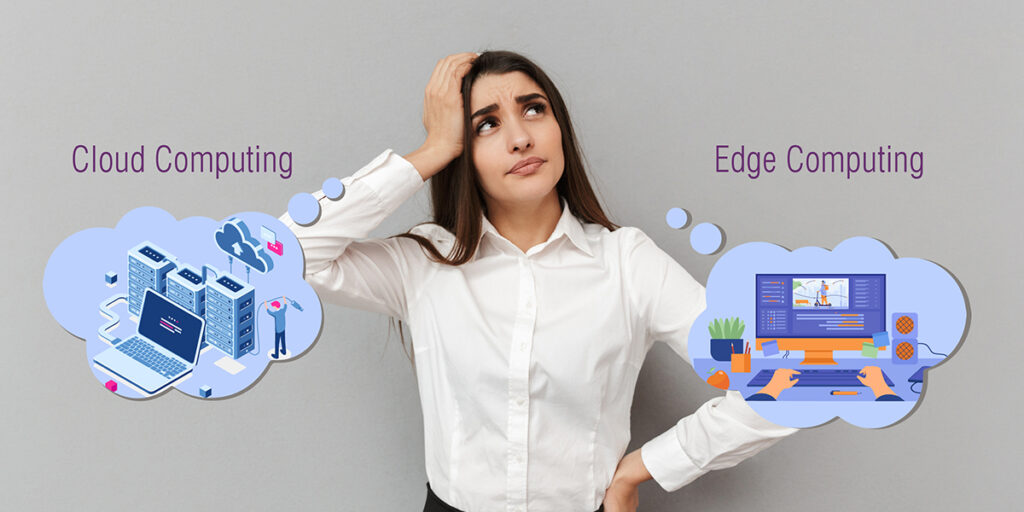Large and small companies have known the benefits of cloud computing for some time now. Without cloud computing, many of the large and standard services companies rely on today would not exist.
Most companies believe that cloud adoption is crucial to future growth and innovation. And with the many challenges brought on by the pandemic, cloud computing showed how valuable it is by enabling millions of companies worldwide to allow their employees to do their jobs from their homes.
Even with all of cloud computing’s prominence, many industry experts predict that edge computing will continue to develop its presence and soon become the future of IT transformation in companies worldwide.
As companies expand their systems to accommodate this new way of operating their business, they need to team up with a reliable partner. Avail Recovery can support your business with a world-class IT asset disposition.
Pros and Cons of Cloud Computing
Cloud computing is vital to most companies in the internet age. There are several options available, including public clouds, private clouds, and hybrid clouds. Cloud computing consists of servers that are hosted on the Internet. They allow businesses to manage data in this shared space from anywhere.
Here are some of the positives and negatives associated with running your business from the cloud.
Pros:
- Utilizing the cloud infrastructure will eliminate the high costs of software required to run your business.
- Syncing data will no longer be necessary. When storing your data in the cloud, you know exactly where it is.
- Cloud computing allows your employees to work remotely and removes the possibility of using obsolete documentation as everyone is getting them from the same location.
Cons:
- The cloud uses the Internet, which could cause unexpected downtime caused by service outages.
- Since service providers own and manage the cloud’s infrastructure, businesses sometimes worry about having enough control over the service.
- Security of data is more of a concern when you have data stored on the cloud.
Pros and Cons of Edge Computing
After years of using the cloud to store and process data, companies are going back to the more traditional core data centers by using edge computing. The growth of smart devices being used in edge locations like businesses, homes, and cars is causing companies to rethink their IT strategies.
Pros:
- Edge computing is faster when compared to the cloud. The distances between devices and the servers are closer, which reduces latency.
- Edge systems are safer. Cloud stored information is always susceptible to be hacked.
- Edge computing systems are more reliable. They are not dependent on any connection with the Internet.
Cons:
- You will need significantly more storage space on your devices when using edge computing.
- The initial investment costs are higher for edge computing. You must factor in not only the equipment, but the additional resources needed as well.
- Edge computing systems require more maintenance due to the complexity of their infrastructure.
When choosing between cloud and edge computing, businesses should focus on which system meets their needs. There are unique benefits in both systems, and one cannot replace the other.
When deciding to replace or update your IT system, Avail Recovery is your trusted partner in IT asset disposition. They offer the expertise you need to get your company to where you want it to be. (Source: Nick Offin )

